For the last few weeks, work has been really hectic.
Firstly, with a week spent at the Gordon’s Research Conference (GRC) on Biogenic Hydrocarbons and the Atmosphere, though really with a name like Gordon’s you might have expected it to be about Gin!
Though there was a fair amount of drinking during the poster sessions (photo 1).
The conference was in
Ventura, a coastal town between
Santa Barbara and
Los Angeles.
Interestingly, for all you film buffs, the hotel (photo 2) where it was based appears at the end of the movie “Little Miss Sunshine”.
It was a real multidisciplinary affair with talks ranging from genetics and genetic engineering to ecology and air quality and with any conference some of the talks were engaging and inspiring and a few left you struggling to stay awake!
 For the last three weeks I have been at Carnegie-Mellon University (CMU) in Pittsburgh, Pennsylvania installing a version of our Thermal desorption Aerosol GC-MS/FID (TAG) instrument (photo 3), that Aerosol Dynamics Inc. sold them and training one of their graduate students. It was a challenged period with at least a years worth of ‘unforseen’ technical problems. However, even in the face of such adversity we kept our sense of humours through it (photo 5). The graduate student had the look of “what have I got myself into?” on his face for many of the days! Eventually however, after a string of very long days and plenty of elbow grease and hard work we finally began to make some head away.
For the last three weeks I have been at Carnegie-Mellon University (CMU) in Pittsburgh, Pennsylvania installing a version of our Thermal desorption Aerosol GC-MS/FID (TAG) instrument (photo 3), that Aerosol Dynamics Inc. sold them and training one of their graduate students. It was a challenged period with at least a years worth of ‘unforseen’ technical problems. However, even in the face of such adversity we kept our sense of humours through it (photo 5). The graduate student had the look of “what have I got myself into?” on his face for many of the days! Eventually however, after a string of very long days and plenty of elbow grease and hard work we finally began to make some head away.
CMU was formed in 1967 from the merging of the Carnegie Institute of Technology (founded in 1900 by Scottish-American industrialist and philanthropist Andrew Carnegie) and the Mellon Institute of Industrial Research (founded in 1913 by Andrew Mellon and his brother Richard). Andrew Carnegie was the founder of the Carnegie Steel Company which later became U.S. Steel. He is known for having built one of the most powerful and influential corporations in United States history, and, later in his life, giving away most of his riches to fund the establishment of many libraries, schools, and universities in Scotland, America, and worldwide. Carnegie, a poor boy with fierce ambition, a pleasant personality, and devoted to both hard work and self improvement, started as a telegrapher. By the 1860s he had investments in railroads, railroad sleeping cars, as well as bridges and oil derricks, and built a fortune as a bond salesman raising money in Europe for American enterprises. Steel was where he found his fortune. In the 1870s he founded the Carnegie Steel Company, a step which cemented his name as one of the “Captains of Industry”. By the 1890s it was the largest and most profitable industrial enterprise in the world. He sold it to J.P. Morgan's US Steel in 1901 and devoted the remainder of his life to large scale philanthropy, with special emphasis on local libraries, world peace, and scientific research. Recently, the university spent 1 million dollars of student tuition fees installing this biazaar sculpture (photo 4) entitled ‘walking to the sky’ – I wonder what Carnegie and the 'pair of Mellons' would have made of it?
The weather on the flight over and during the first week and the final few days was the closest I have come to real winter since leaving the UK. The weather in the mid-west is a far cry from the delights of the California. There has been plenty of snow in Pittsburgh while Berkeley was enjoying highs of 80F and during the layover in Chicago on the flight over, the plane became covered in snow and ice (photos 6 and 7), so much so that it was necessary to sprayed down the plane with anti-freeze before we could take off into a snow blizzard! During my time in Pittsburgh we experience all four seasons in about 8 days; the weather started cold and then warmed up to give one day of glorious sunshine, three of rain and cloud before the snow and freezing temperatures returned. The cold made California all the more welcoming when I finally returned yesterday.
Laters
Dave
PS. Check out my new work webpage at http://nature.berkeley.edu/~dworton
 For the last three weeks I have been at Carnegie-Mellon University (CMU) in
For the last three weeks I have been at Carnegie-Mellon University (CMU) in 



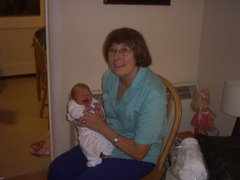
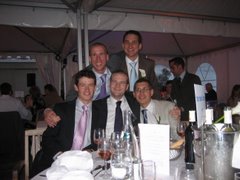
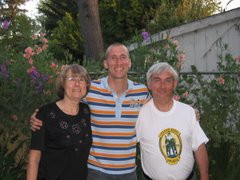
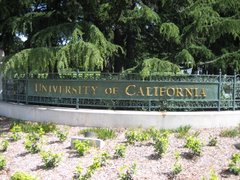

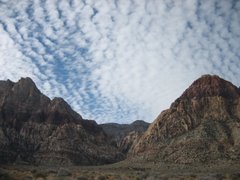
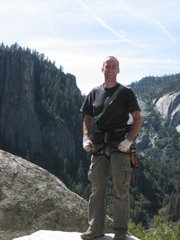
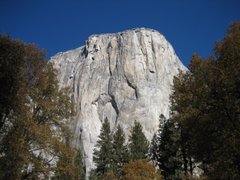
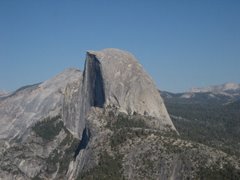
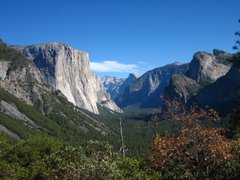

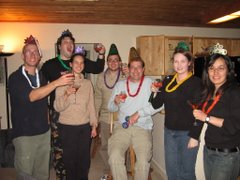
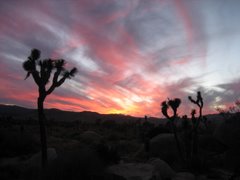
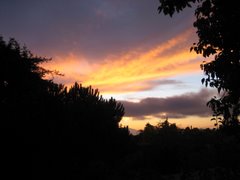
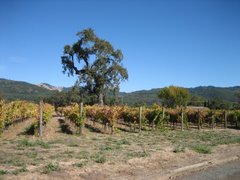
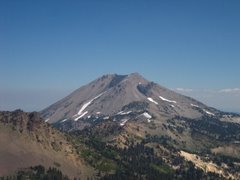



No comments:
Post a Comment